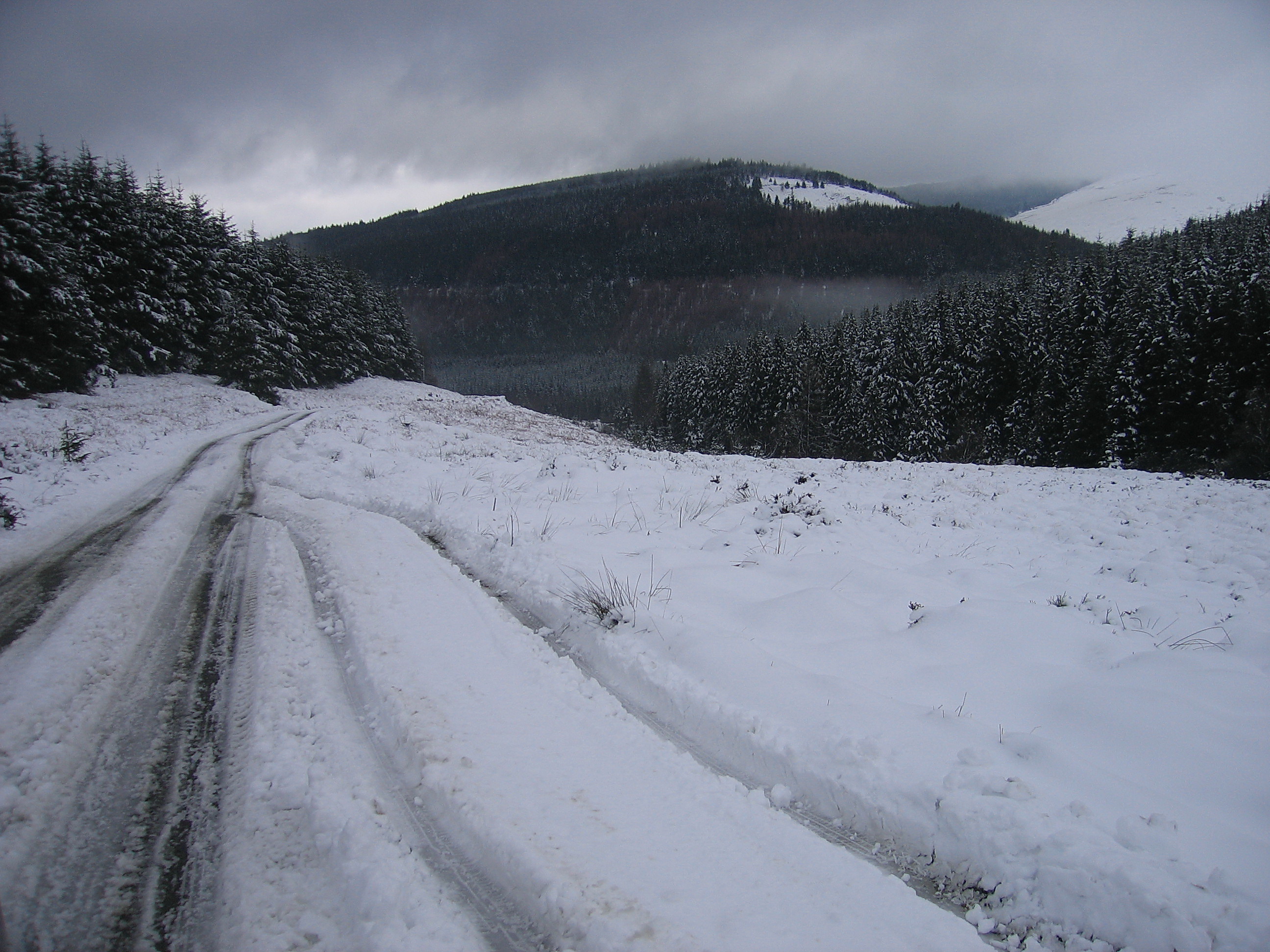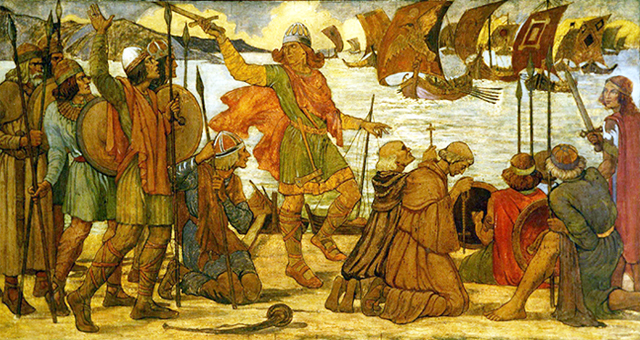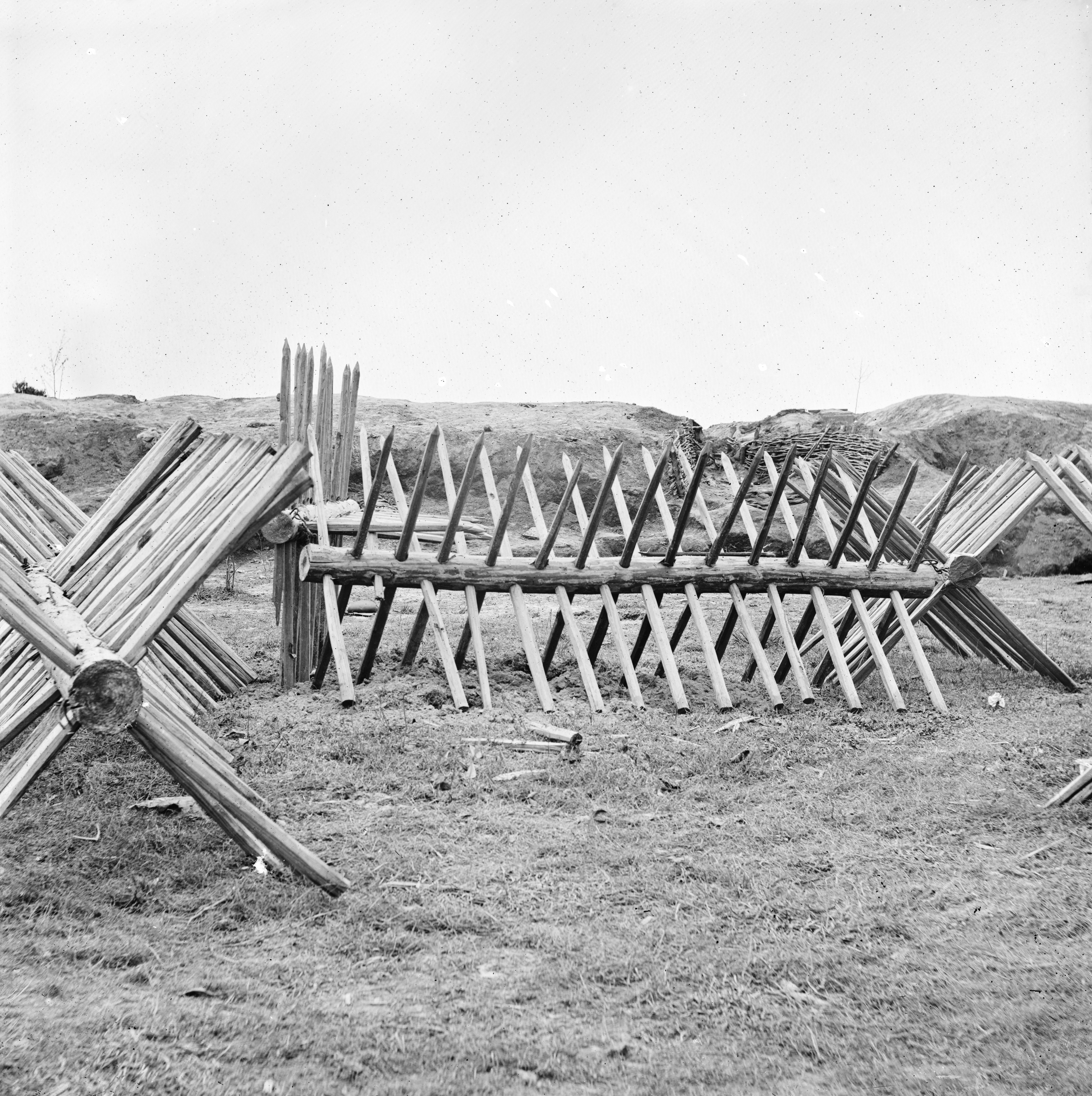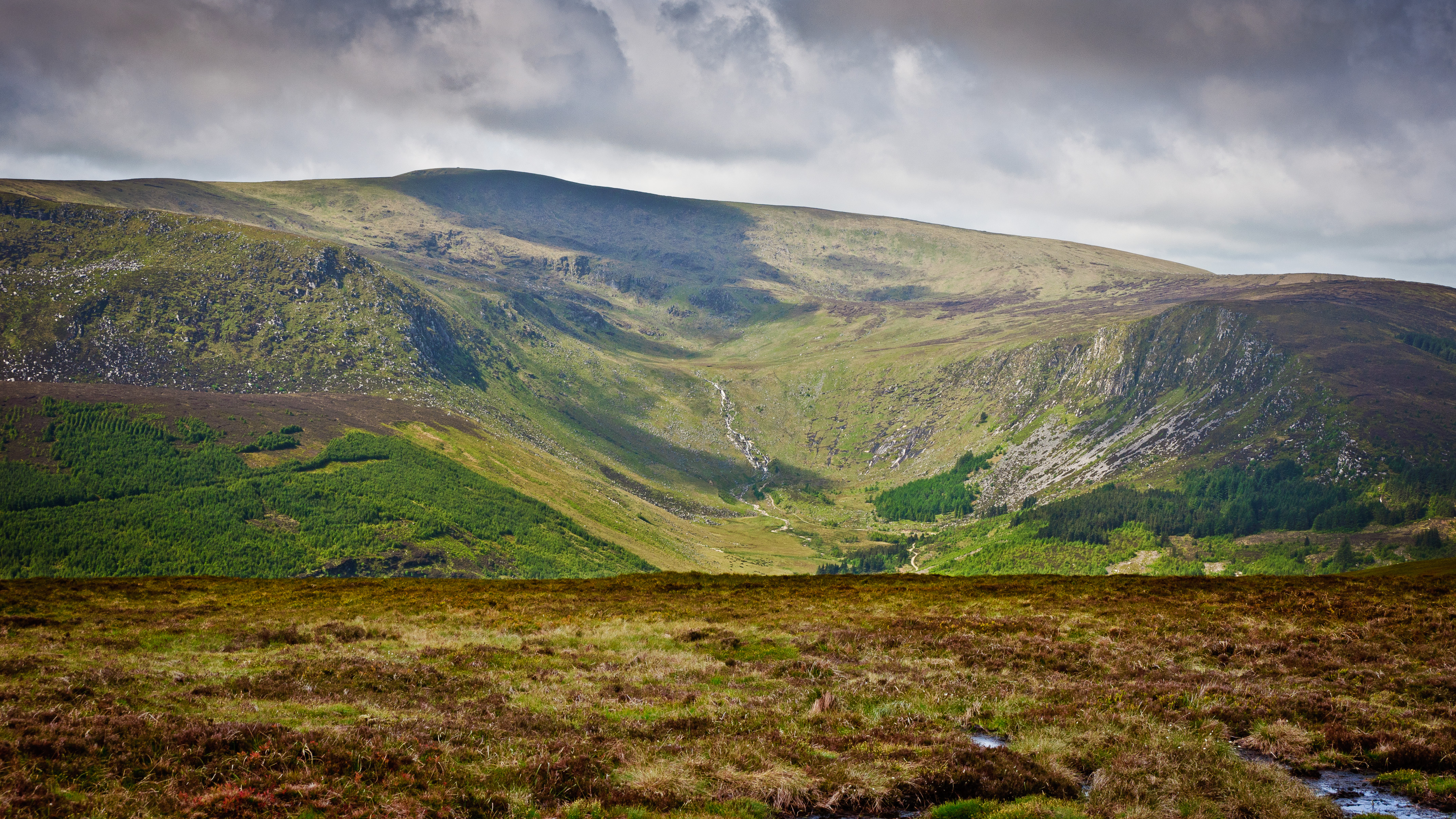|
R115 Road (Ireland)
The R115 road is a regional road in counties Dublin and Wicklow in Ireland. It follows the Military Road ( ga, An Bóthar Míleata) for its entire length. The R115 is long; the full length of the Military Road (Rathfarnham to Aghavannagh) is . The Military Road runs north-south across the spine of the Wicklow Mountains. It was constructed between 12 August 1800 and October 1809, in the wake of the Irish Rebellion of 1798, to open up the mountains to British forces to assist them in tracking down United Irishmen insurgents who were hiding there. Rathfarnham itself was the scene of some skirmishes in the early days of the rising.The Military Road by John Godden. Retrieved: 2011-12-04. It was one of the first purpose-built roads in Ireland, excepting [...More Info...] [...Related Items...] OR: [Wikipedia] [Google] [Baidu] |
R759 Road
The R759 road is a regional road in Ireland running south-east to north-west through the Sally Gap in the Wicklow Mountains, from the R755 near Roundwood in East Wicklow to the N81 in West Wicklow. The other route through the Wicklow Mountains from east to west is the Wicklow Gap which is crossed by the R756. The highest point on the road is at the Sally Gap where it crosses the Military Road ( R115), 503m (1,650 ft) (). The road passes through some spectacular scenery, including the corrie lake of Lough Tay below Luggala mountain, in the Guinness Estate; the road gives access to several woodlands car-parks at Lough Tay, which are used to access the mountains around Djouce. The moorlands of the Sally Gap plateau, the Liffey Head Bog on the slopes of Tonduff, form the source of the River Liffey. The road is in length, and in winter can be dangerous or impassable as it is not treated by the Local Authority. Gallery File:R759 Liffey Bridge.jpg File:Sally Gap ( ... [...More Info...] [...Related Items...] OR: [Wikipedia] [Google] [Baidu] |
Dublin
Dublin (; , or ) is the capital and largest city of Ireland. On a bay at the mouth of the River Liffey, it is in the province of Leinster, bordered on the south by the Dublin Mountains, a part of the Wicklow Mountains range. At the 2016 census it had a population of 1,173,179, while the preliminary results of the 2022 census recorded that County Dublin as a whole had a population of 1,450,701, and that the population of the Greater Dublin Area was over 2 million, or roughly 40% of the Republic of Ireland's total population. A settlement was established in the area by the Gaels during or before the 7th century, followed by the Vikings. As the Kingdom of Dublin grew, it became Ireland's principal settlement by the 12th century Anglo-Norman invasion of Ireland. The city expanded rapidly from the 17th century and was briefly the second largest in the British Empire and sixth largest in Western Europe after the Acts of Union in 1800. Following independence in 1922, ... [...More Info...] [...Related Items...] OR: [Wikipedia] [Google] [Baidu] |
Edmondstown
Edmondstown (), sometimes spelt ''Edmundstown'', is an outer suburb of Dublin, in the jurisdiction of South Dublin. It is situated on the R116 regional road The term regional road (or route) is used in a number of places to designate roads of more than purely ''local'' but less than ''national'' strategic importance in a country's highway network. It is used formally and officially in reference to: *R ..., south of Ballyboden and north of Rockbrook, in the valley of the Owendoher River. Edmondstown National School is a Catholic primary school which serves the local area and has an attendance of 103 students. It won an Active Flag and the STEM plaque of excellence in science, technology, engineering and maths. The area also holds Edmondstown Golf Course, on Edmondstown Road. The remains of 27 people were discovered in the 1950s at the golf course when work uncovered an Early Bronze Age cemetery. References Towns and villages in South Dublin (county) {{Dublin-geo ... [...More Info...] [...Related Items...] OR: [Wikipedia] [Google] [Baidu] |
R113 Road
The R113 road is a regional road in Ireland. Located in Dublin, it forms a ''semi-orbital'' route around the south of the city. As of 2007, clockwise, it starts at the N31 at ''Temple Hill'' in Blackrock and ends at a junction with the N4 at Palmerstown. The road is one of the busiest Regional Roads in Ireland. The Liffey Valley Shopping Centre, and The Square, Tallaght, two of the busiest shopping centres in Ireland, are both located just off the route. Both the ''Fonthill Road'' (in Lucan Marcus Annaeus Lucanus (3 November 39 AD – 30 April 65 AD), better known in English as Lucan (), was a Roman poet, born in Corduba (modern-day Córdoba), in Hispania Baetica. He is regarded as one of the outstanding figures of the Imperial .../ Clondalkin) and ''Belgard Road'' (in Tallaght) sections also have a number of large retail outlets. The ''Belgard Road'' section, running between the N7 at Newlands Cross and the N81 at Tallaght, is a standard dual carriageway an ... [...More Info...] [...Related Items...] OR: [Wikipedia] [Google] [Baidu] |
County Dublin
"Action to match our speech" , image_map = Island_of_Ireland_location_map_Dublin.svg , map_alt = map showing County Dublin as a small area of darker green on the east coast within the lighter green background of the Republic of Ireland, with Northern Ireland in pink , map_caption = County Dublin shown darker on the green of the Ireland, with Northern Ireland in pink , subdivision_type = Country , subdivision_name = Ireland , subdivision_type2 = Province , subdivision_name2 = Leinster , subdivision_type3 = Region , subdivision_name3 = Eastern and Midland , leader_title2 = Dáil constituencies , leader_name2 = , leader_title3 = EP constituency , leader_name3 = Dublin , seat_type = County town , seat = Dublin , area_total_km2 = 922 , area_rank = 30th , population_as_o ... [...More Info...] [...Related Items...] OR: [Wikipedia] [Google] [Baidu] |
Toll Road
A toll road, also known as a turnpike or tollway, is a public or private road (almost always a controlled-access highway in the present day) for which a fee (or '' toll'') is assessed for passage. It is a form of road pricing typically implemented to help recoup the costs of road construction and maintenance. Toll roads have existed in some form since antiquity, with tolls levied on passing travelers on foot, wagon, or horseback; a practice that continued with the automobile, and many modern tollways charge fees for motor vehicles exclusively. The amount of the toll usually varies by vehicle type, weight, or number of axles, with freight trucks often charged higher rates than cars. Tolls are often collected at toll plazas, toll booths, toll houses, toll stations, toll bars, toll barriers, or toll gates. Some toll collection points are automatic, and the user deposits money in a machine which opens the gate once the correct toll has been paid. To cut costs and minimise ti ... [...More Info...] [...Related Items...] OR: [Wikipedia] [Google] [Baidu] |
Glenmalure
Glenmalure () is a 20-kilometre long U-shaped glacial valley in the Wicklow Mountains in Ireland. Glenmalure is an important base for climbing in the Wicklow mountains, and particularly accessing the massif of Lugnaquilla, and contains one of the earliest An Óige youth hostels in Ireland. Glenmalure was also an important historical area and the site of the Battle of Glenmalure in 1580, as well as various events in the Irish Rebellion of 1798. Geography Glenmalure is a 20-kilometre long glacial valley in the southern sector of the Wicklow Mountains and is one of the longest glacial valleys in Ireland. A number of adjoining hanging valleys, most notably the Fraughan Rock Glen, feed into Glenmalure valley, which was formed by feeder glaciers in the last ice age. The valley runs from the northwest down to the southeast. Its western flank is dominated by the large massif of Lugnaquilla , the County Top for Wicklow, and the Provincial Top for Leinster. The steep walls of its e ... [...More Info...] [...Related Items...] OR: [Wikipedia] [Google] [Baidu] |
Turnpike Trusts
Turnpike trusts were bodies set up by individual acts of Parliament, with powers to collect road tolls for maintaining the principal roads in Britain from the 17th but especially during the 18th and 19th centuries. At the peak, in the 1830s, over 1,000 trusts administered around of turnpike road in England and Wales, taking tolls at almost 8,000 toll-gates and side-bars. During the early 19th century the concept of the turnpike trust was adopted and adapted to manage roads within the British Empire (Ireland, Canada, Australia, New Zealand, India, and South Africa) and in the United States. Turnpikes declined with the coming of the railways and then the Local Government Act 1888 gave responsibility for maintaining main roads to county councils and county borough councils. Etymology The term "turnpike" originates from the similarity of the gate used to control access to the road, to the barriers once used to defend against attack by cavalry (see Cheval de frise). The tu ... [...More Info...] [...Related Items...] OR: [Wikipedia] [Google] [Baidu] |
Society Of United Irishmen
The Society of United Irishmen was a sworn association in the Kingdom of Ireland formed in the wake of the French Revolution to secure "an equal representation of all the people" in a national government. Despairing of constitutional reform, in 1798 the United Irishmen instigated a republican insurrection in defiance of British Crown forces and of Irish sectarian division. Their suppression was a prelude to the abolition of the Protestant Ascendancy Parliament in Dublin and to Ireland's incorporation in a United Kingdom with Great Britain. An attempt to revive the movement and renew the insurrection following the Acts of Union was defeated in 1803. Espousing principles they believed had been vindicated by American independence and by the French Declaration of the Rights of Man, the Presbyterian merchants who formed the first United society in Belfast in 1791 vowed to make common cause with their Catholic-majority fellow countrymen. Their "cordial union" would upend ... [...More Info...] [...Related Items...] OR: [Wikipedia] [Google] [Baidu] |
Irish Rebellion Of 1798
The Irish Rebellion of 1798 ( ga, Éirí Amach 1798; Ulster Scots dialect, Ulster-Scots: ''The Hurries'') was a major uprising against British rule in Ireland. The main organising force was the Society of United Irishmen, a Irish republicanism, republican revolutionary group influenced by the ideas of the American Revolution, American and French Revolution, French revolutions: originally formed by Presbyterianism, Presbyterian radicals angry at being shut out of power by the Church of Ireland, Anglican establishment, they were joined by many from the majority Catholic population. Following some initial successes, particularly in County Wexford, the uprising was suppressed by government militia and yeomanry forces, reinforced by units of the British Army, with a civilian and combatant death toll estimated between 10,000 and 50,000. A French expeditionary force landed in County Mayo in August in support of the rebels: despite victory at Battle of Castlebar, Castlebar, they were als ... [...More Info...] [...Related Items...] OR: [Wikipedia] [Google] [Baidu] |
Wicklow Mountains
The Wicklow Mountains (, archaic: '' Cualu'') form the largest continuous upland area in the Republic of Ireland. They occupy the whole centre of County Wicklow and stretch outside its borders into the counties of Dublin, Wexford and Carlow. Where the mountains extend into County Dublin, they are known locally as the Dublin Mountains (''Sléibhte Bhaile Átha Cliath''). The highest peak is Lugnaquilla at . The mountains are primarily composed of granite surrounded by an envelope of mica-schist and much older rocks such as quartzite. They were pushed up during the Caledonian orogeny at the start of the Devonian period and form part of the Leinster Chain, the largest continuous area of granite in Ireland and Britain. The mountains owe much of their present topography to the effects of the last ice age, which deepened the valleys and created corrie and ribbon lakes. Copper and lead have been the main metals mined in the mountains and a brief gold rush occurred in the 18th centur ... [...More Info...] [...Related Items...] OR: [Wikipedia] [Google] [Baidu] |
Military Road Laragh-Glenmalure
A military, also known collectively as armed forces, is a heavily armed, highly organized force primarily intended for warfare. It is typically authorized and maintained by a sovereign state, with its members identifiable by their distinct military uniform. It may consist of one or more military branches such as an army, navy, air force, space force, marines, or coast guard. The main task of the military is usually defined as defence of the state and its interests against external armed threats. In broad usage, the terms ''armed forces'' and ''military'' are often treated as synonymous, although in technical usage a distinction is sometimes made in which a country's armed forces may include both its military and other paramilitary forces. There are various forms of irregular military forces, not belonging to a recognized state; though they share many attributes with regular military forces, they are less often referred to as simply ''military''. A nation's military may ... [...More Info...] [...Related Items...] OR: [Wikipedia] [Google] [Baidu] |







